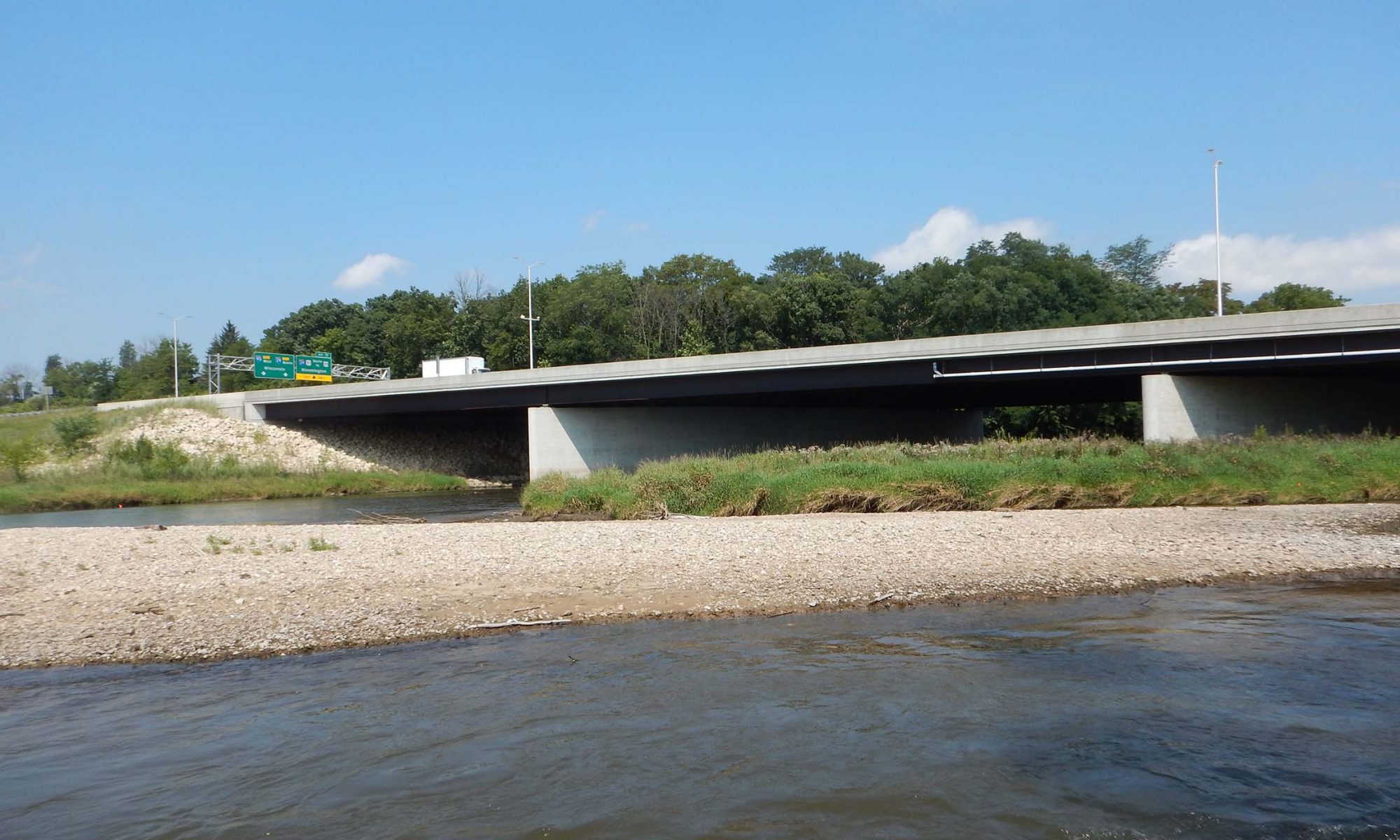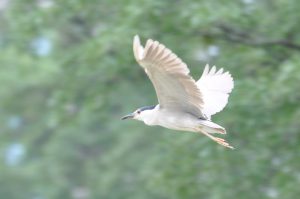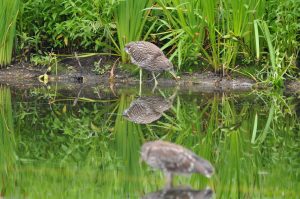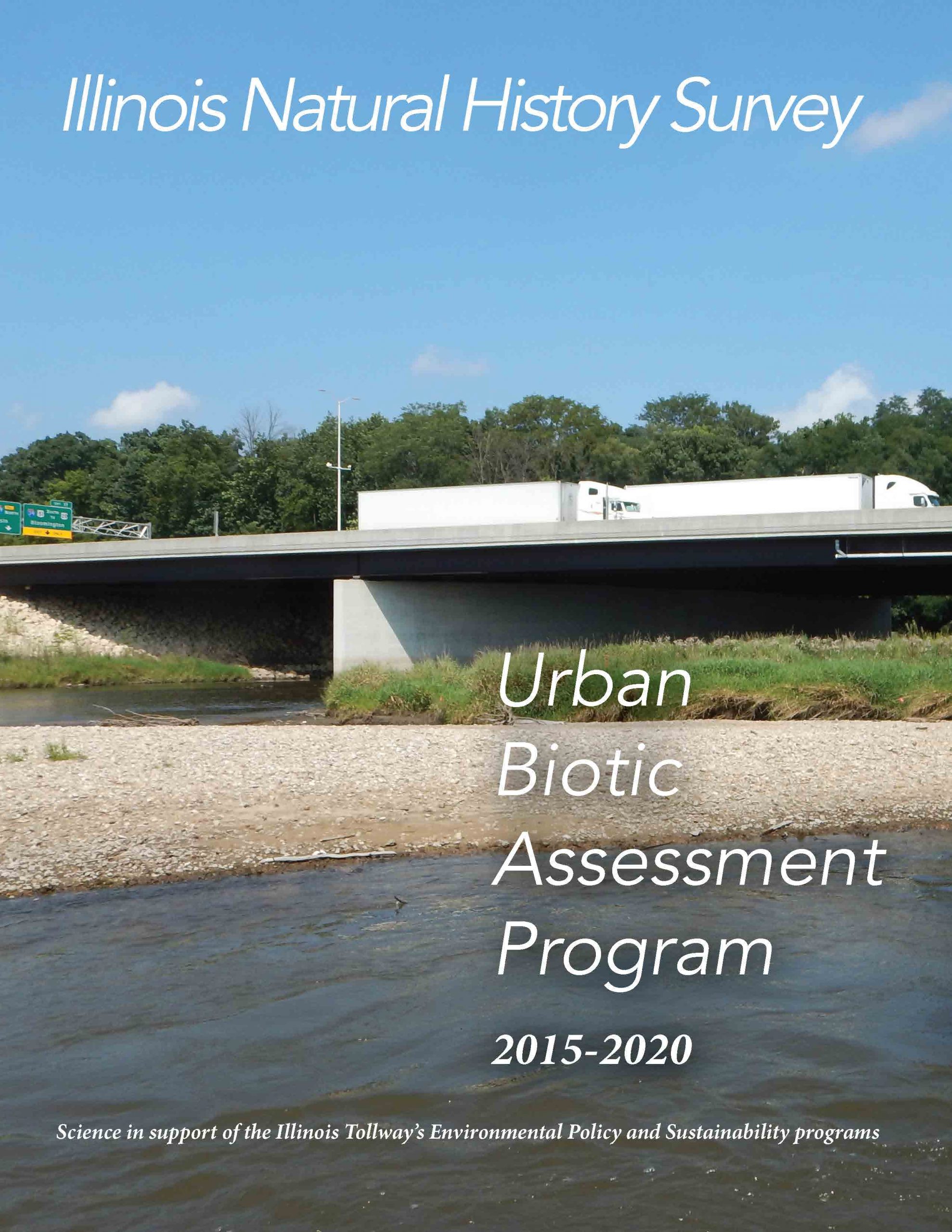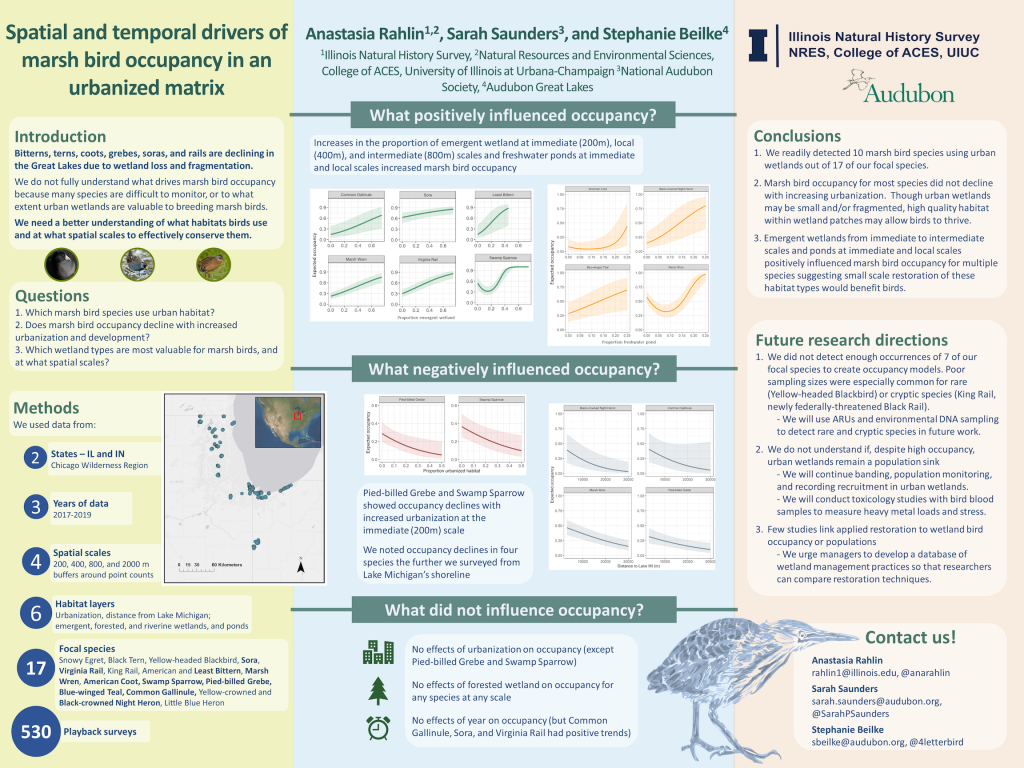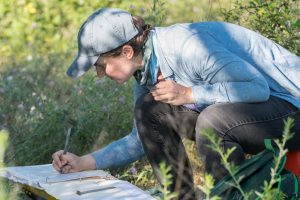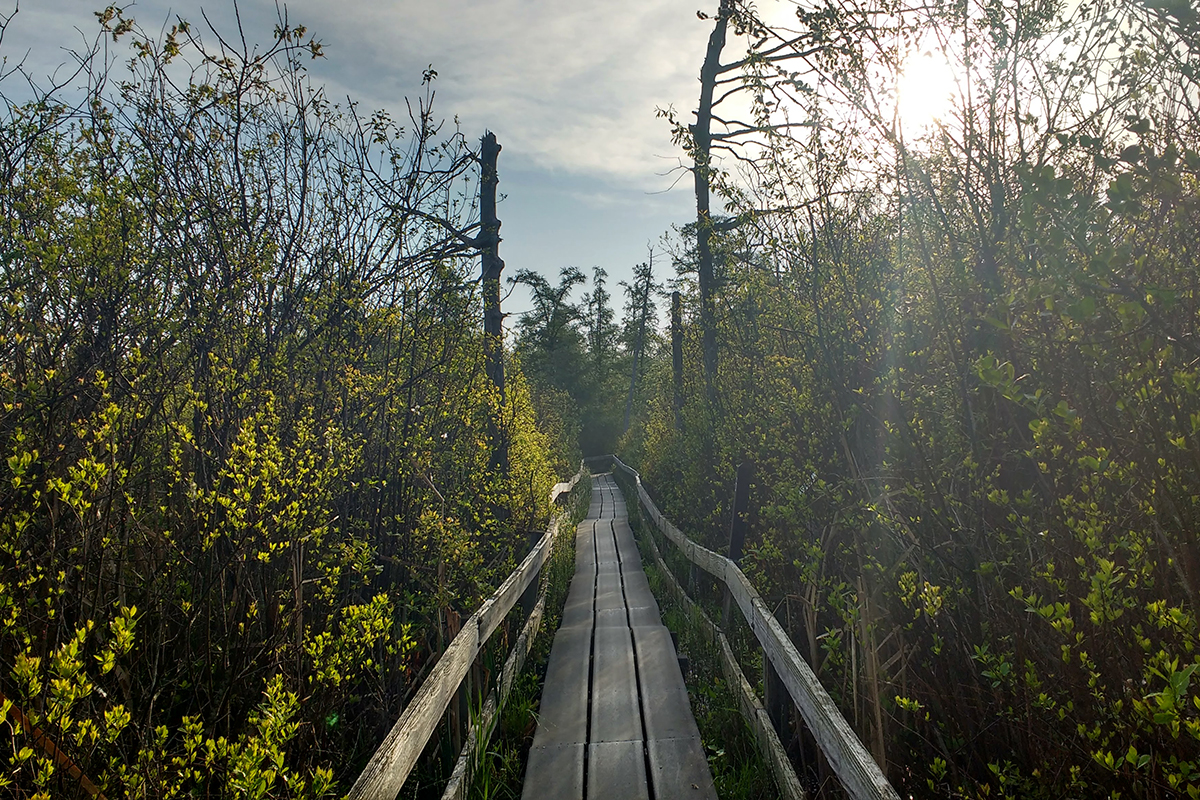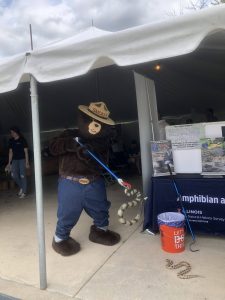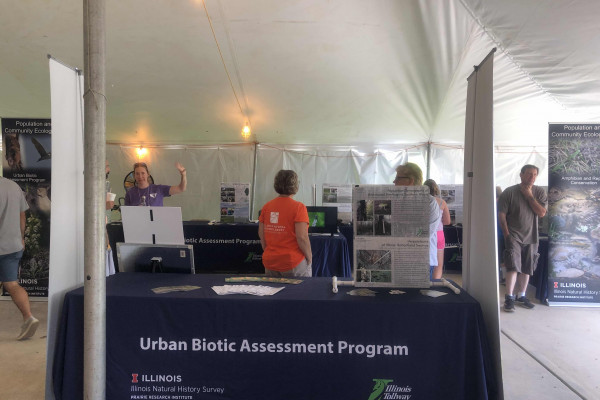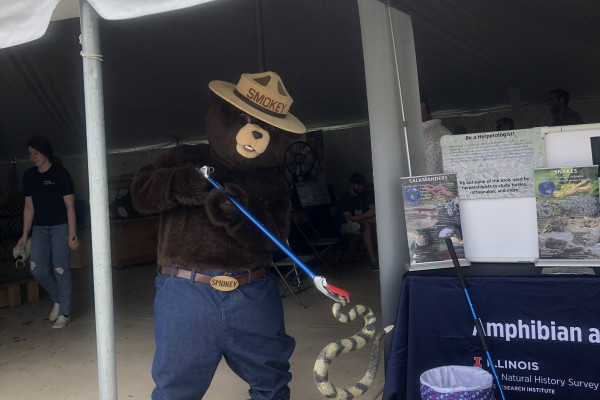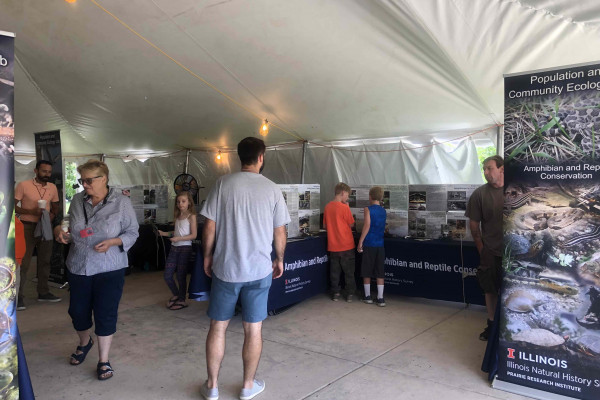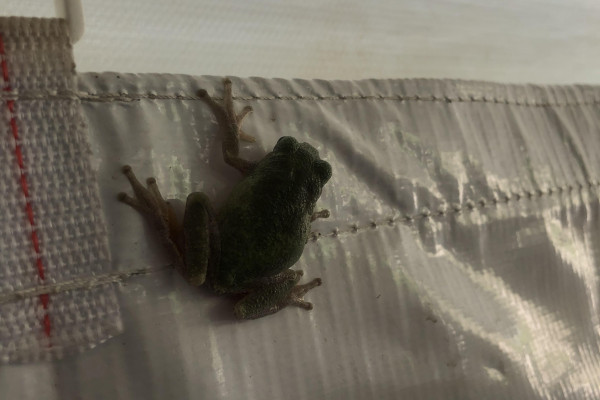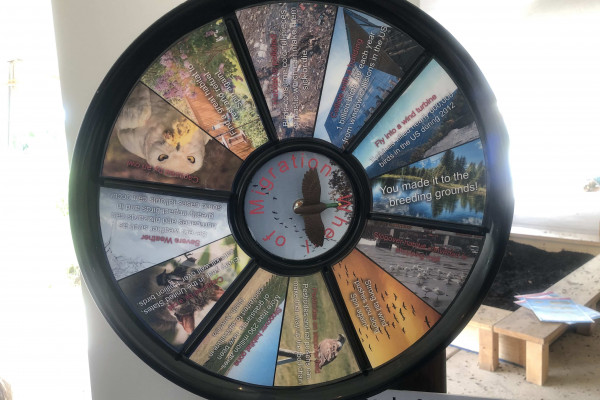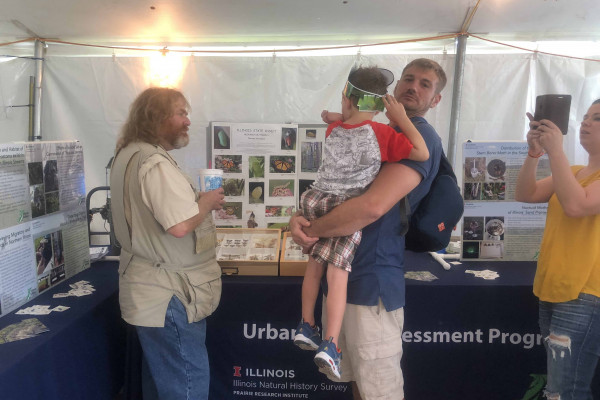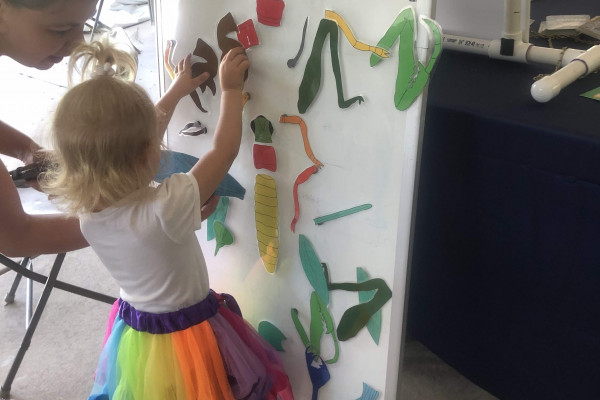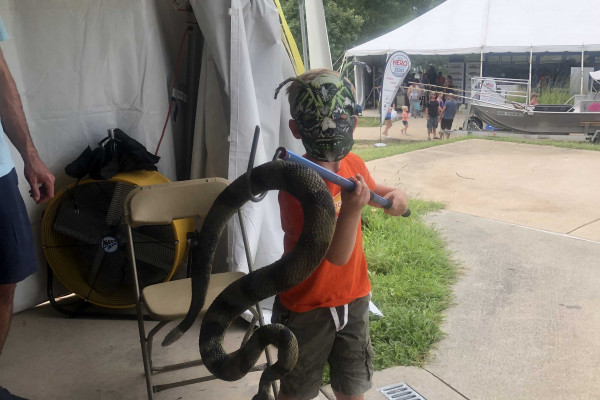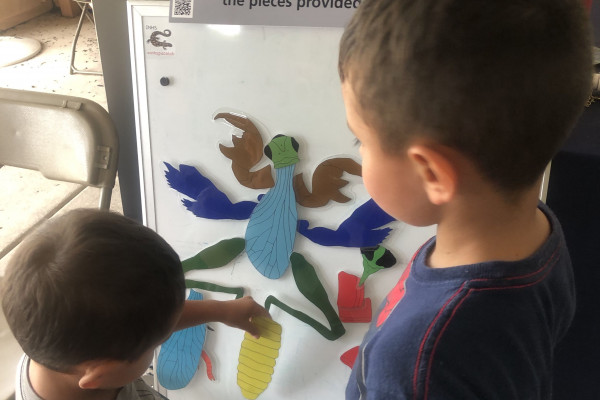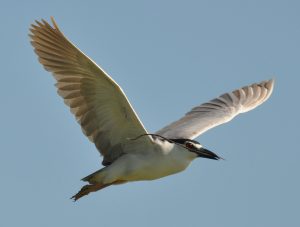It’s been a busy week of sharing science for members of the PACE lab.
The Chicago Wilderness Wildlife Committee Meeting was held at Lincoln Park Zoo on February 19th:
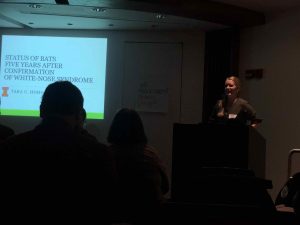 Tara Hohoff presented “The status of Illinois bats five years after confirmation of white-nose syndrome,” using data from her work with the Illinois Bat Conservation Program and the Urban Biotic Assessment Program monitoring for the Illinois Tollway.
Tara Hohoff presented “The status of Illinois bats five years after confirmation of white-nose syndrome,” using data from her work with the Illinois Bat Conservation Program and the Urban Biotic Assessment Program monitoring for the Illinois Tollway.
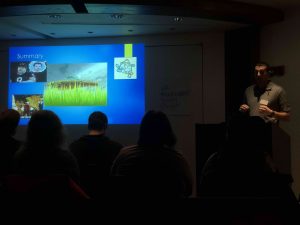 Joshua Sherwood presented “Assessing the distribution and habitat of Iowa Darters (Etheostoma exile) in Illinois,” with co-authors Andrew Stites, Jeremy Tiemann, and Michael Dreslik. This work changed the way people look for the Iowa Darter.
Joshua Sherwood presented “Assessing the distribution and habitat of Iowa Darters (Etheostoma exile) in Illinois,” with co-authors Andrew Stites, Jeremy Tiemann, and Michael Dreslik. This work changed the way people look for the Iowa Darter.
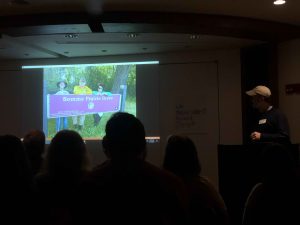 Jason Robinson presented “Patterns of abundance and co-occurrence of bumblebees associated with the Rusty Patched bumblebee.” RPBB is a federally protected species found in northeastern Illinois that has experienced a decline in its range.
Jason Robinson presented “Patterns of abundance and co-occurrence of bumblebees associated with the Rusty Patched bumblebee.” RPBB is a federally protected species found in northeastern Illinois that has experienced a decline in its range.
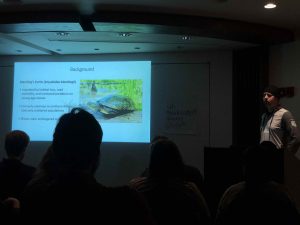 Jason Ross presented “Demographic influence of head-starting on a Blanding’s Turtle (Emydoidea blandingii) population in DuPage County, Illinois,” with co-author Michael Dreslik, discussing what amount of head-starting is needed to keep this population viable
Jason Ross presented “Demographic influence of head-starting on a Blanding’s Turtle (Emydoidea blandingii) population in DuPage County, Illinois,” with co-author Michael Dreslik, discussing what amount of head-starting is needed to keep this population viable
The 2019 Wild Things Conference was held in Rosemont on February 23rd:
Tara Hohoff, representing the Illinois Bat Conservation Program, presented a poster “Year Three of the Illinois Bat Conservation Program.”
Anastasia Rahlin co-presented “Secretive Marsh Birds in the Big City.” with Audubon collaborator Stephanie Beilke on their ongoing work using playback to detect 17 focal wetland bird species in northeast Illinois and southeast Indiana. Soras were the most commonly detected species which was surprising/unexpected since Marsh Wrens and Swamp Sparrows are expected to be more common, and Little Blue Herons and Yellow-headed Blackbirds were the least detected which was pretty expected due to their declines. Future directions include creating species-specific occupancy models to better understand how our focal species respond to urbanization and presence of different wetland types at three different spatial scales.
Josh Sherwood presented “Current status of Bigeye Chub (Hybopsis amblops) in Illinois”.
Sarah Douglass presented “A preliminary analysis of mussel population dynamics in the Kishwaukee River.”
Jeremy Tiemann presented “Pulling the plug – Results of the fish and mussel salvage following the removal of the Danville Dam on the Vermilion River.”
Andy Stites presented a poster “Fecundity estimates of the Gravel Chub Erimystax x-punctatus“
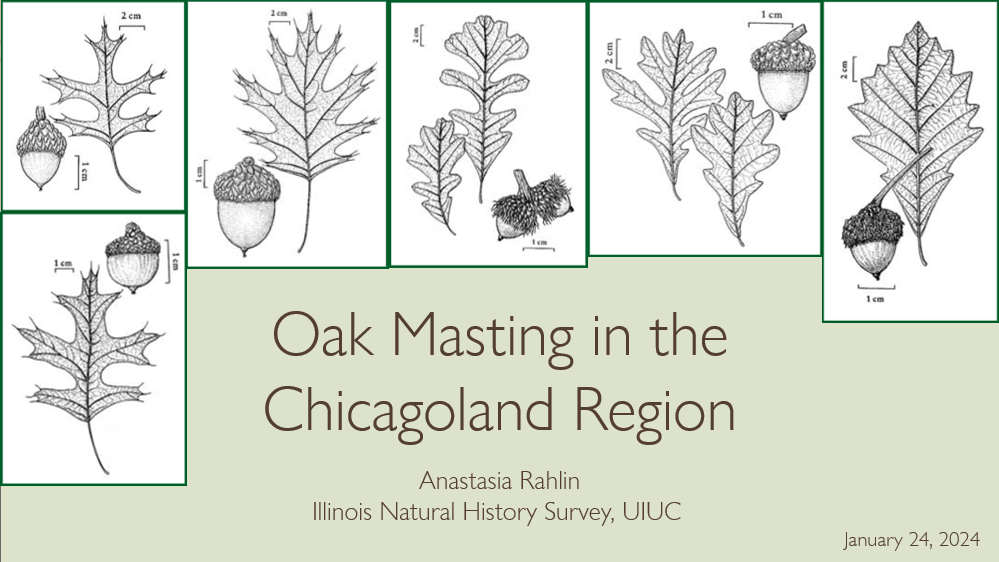 UBAP leader Anastasia Rahlin presented two talks recently.
UBAP leader Anastasia Rahlin presented two talks recently.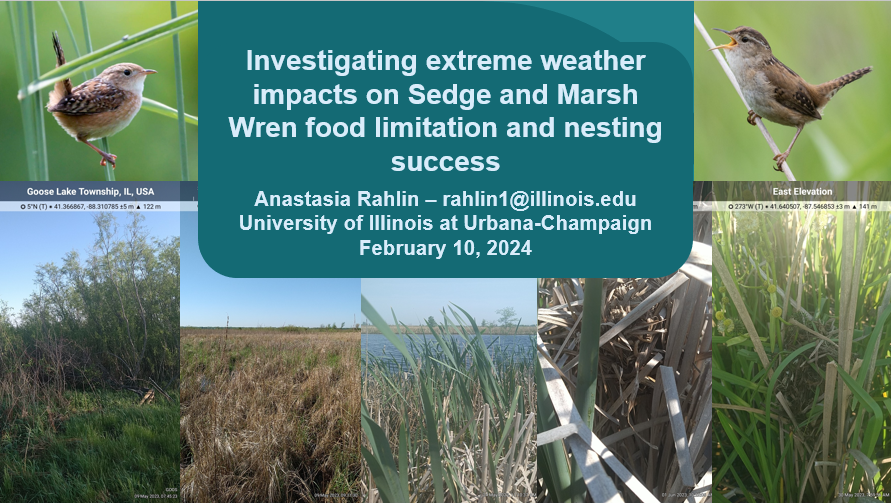 In February, Rahlin presented “Investigating Extreme Weather Impacts on Sedge and Marsh Wren food limitation and nesting success” at the McHenry County Forest Preserve District Research Roundup talk series.
In February, Rahlin presented “Investigating Extreme Weather Impacts on Sedge and Marsh Wren food limitation and nesting success” at the McHenry County Forest Preserve District Research Roundup talk series.